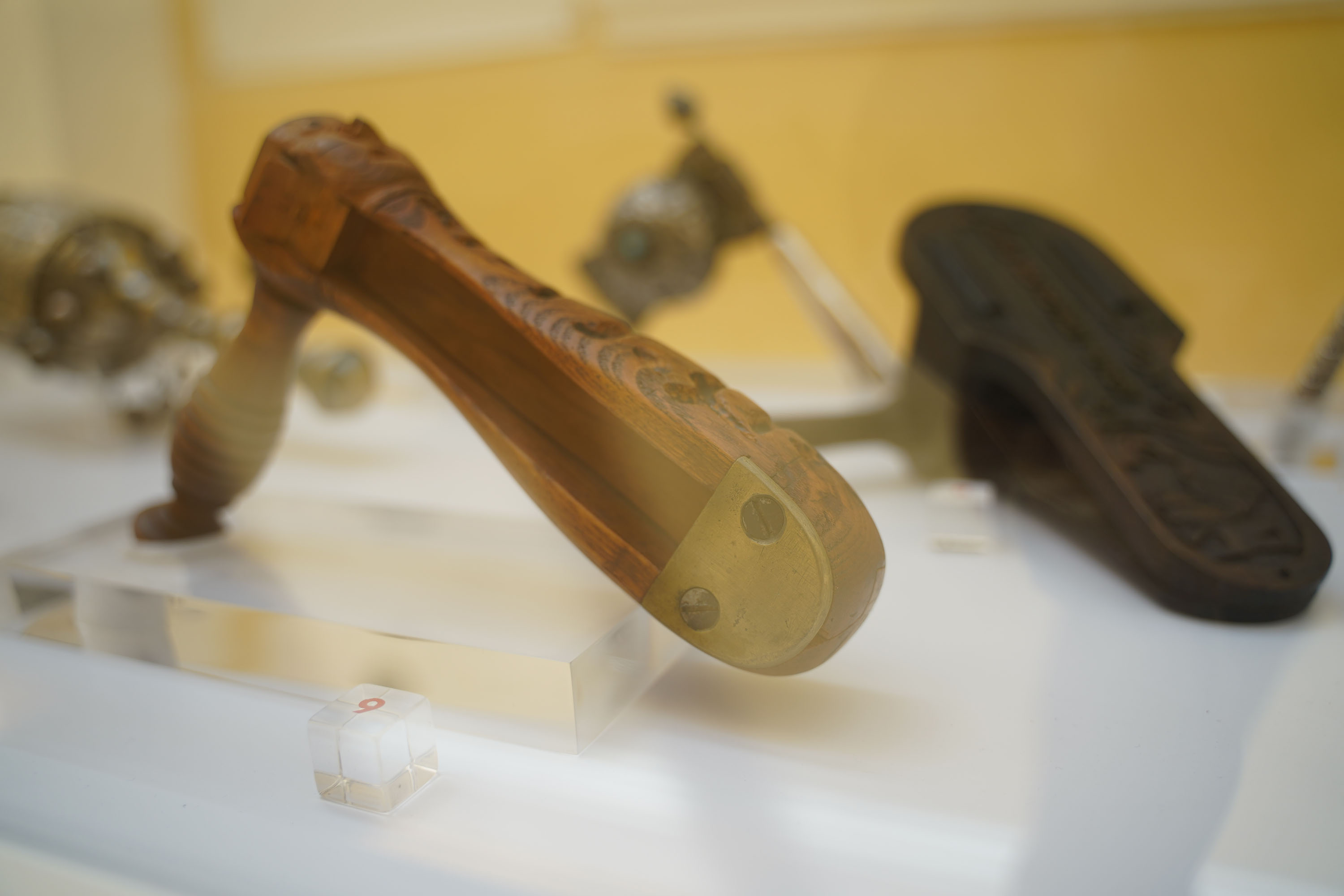The 52 noisemakers in the exhibition, were collected by Colleen and Richard Fain over 20 years from around the world and were shown publicly for the very first time. The diverse styles of the noisemakers reflect different regions and cultures and are as varied as the materials they are made from. Grogger, the Yiddish word for rattle, is associated most often in popular culture as the noisemaker used in the Jewish Holiday Purim.
In addition, groggers, rashanim in Hebrew, have a long history spanning different communities, and were used for different purposes. Medieval Christians used a noisemaker in place of bells during what was known as the “silent days,” the three days before Easter. These noisemakers are known today as the crotalus, which means rattle in Greek.
Whatever the purpose, groggers were used for throughout history. The idea was to make noise. They were used by the patrol men in the mid-17th century in what was then New Amsterdam (today New York) as an alarm and the patrol men became known as the Rattle Watch. Boston was using the rattle for the same purpose and for the next two centuries, rattles were supplied to the police force. Portable, inexpensive, loud and easy to use, the rattles were used in both the Americas and Britain.
